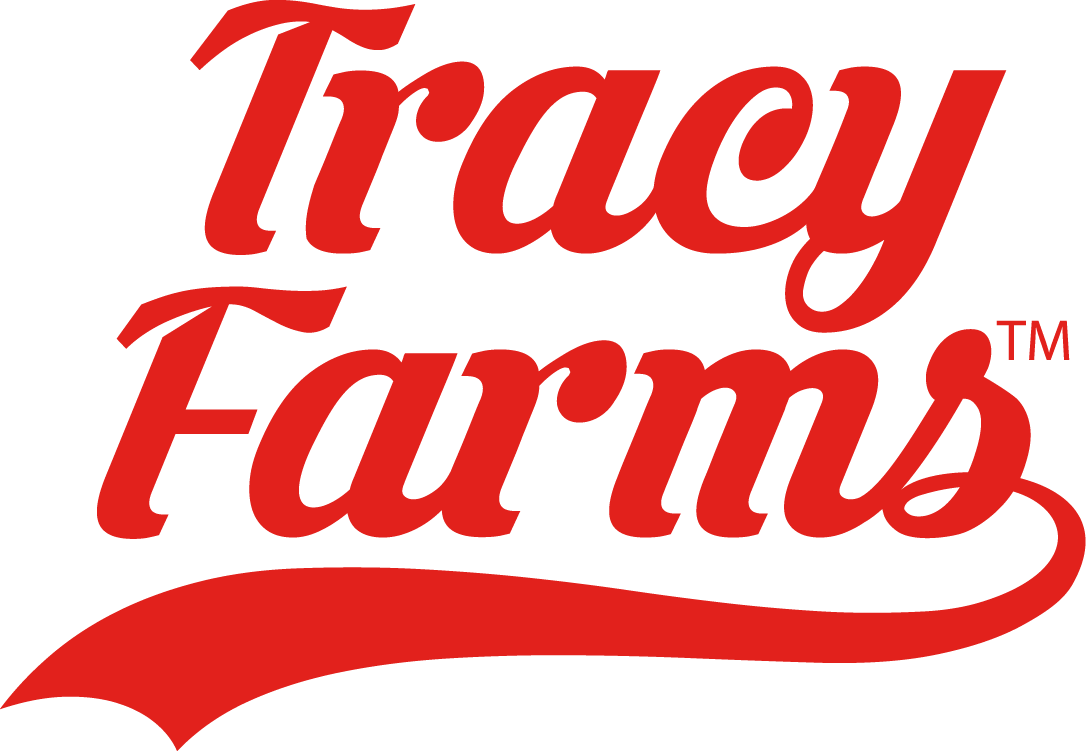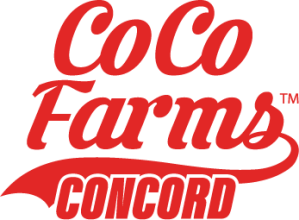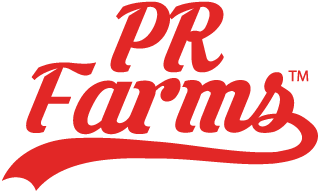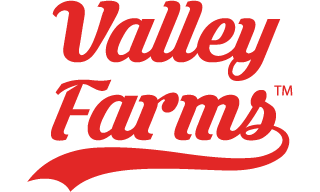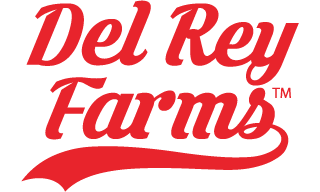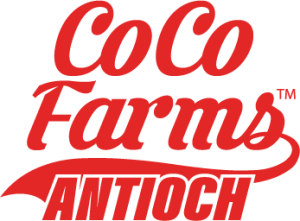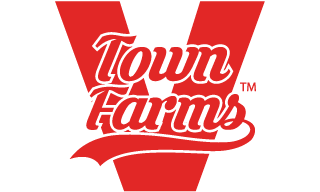
Competitors are Cutting Corners to Outright Illegal Activity to Survive Overtaxation at the State and Local Level, driving Health and safety Issues for Consumers…
The California cannabis supply chain, despite being highly regulated, faces several challenges related to pesticides, illegal products, and consumer product safety. These issues are driven by California’s Opaque Supply Chain, which enables dispensaries to turn a blind eye to the health and safety risks that this very licensed but opaque supply chain presents to consumers purchasing at licensed dispensaries.
Why is this happening? The State has a fixed 15% excise tax on all cannabis sales at the retail level. The State also has the customary Sales Tax, let’s use 9%. Then the City or County, whichever issues the “local” Conditional Use Permit (CUP), adds anywhere from 5% to 10% for a local sales tax, which is usually on gross receipts.
Continuing… a number of these local CUPS (Conditional Use Permits) insist on charitable donations, minimum hours of community hours donated, and slush fund donations to be spent at the will of the City Council. For Retail Dispensaries like our’s, is anywhere from $0 to $300,000 per year. Before we start calculating this, cannabis operations also have State license fees, which typically range from $5,000 to $100,000 per year.
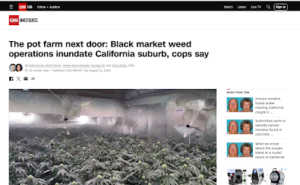
Tax Man and Beauracratic Cash Grab
The cannabis industry is being crushed and stifled by this. Meanwhile, the black market is thriving. CNN and several news channels over the past month have covered the fact that in Antioch, California alone, there are over 200 residential homes that are rented to gangs that are destroying the inside of the homes, bypassing safety measures, and taking power from PG&E and converting every room in these homes into grow rooms for indoor flower. So you have a situation where these grows (beyond the health and safety concerns) are paying no taxes, no license
fees, and the local cities simply say, “We don’t have the resources to enforce the illegal market.” These busts (when they do happen) result in basic misdemeanors, and the homeowners, after taking above-market rent for years, simply remodel the homes, and after the remodel, fixing… I would guess that with the insurance money, the homes are flipped at a large profit, and the criminals just rent another home above market and continue with a simple misdemeanor, which leads to wack-a-mole for authorities.
When you contrast that to the licensed operators, who are overregulated and overtaxed and have to compete with the illegal market, most licensed operators don’t stand a chance unless they break the law, bend the law, or look the other way.
When these licensed operators have tens of millions invested, and the State and Local Authorities don’t protect the licensed market, and there are simple misdemeanors for illegal behavior by unlicensed gangs growing in residential homes… Licensed operators, when they are on the brink of insolvency, begin to:
- Look the Other Way
- Bend the Law
- Flat out Break the Law
When one or all three things above happen, this shift creates health and safety risks for consumers in the licensed market, benefits the illegal market (as you will see below), and puts the good licensed operators out of business.
The State & Local City overreach of taxes, fees, mandatory donations to slush funds and charities, volunteer hours, etc… is driving good operators out of business or to do illegal activities to stay alive.
The three behaviors listed in 1, 2, and 3 above all create health and safety risks for consumers who purchase from the California Opaque Supply Chain through licensed dispensaries. Everyone knows the black-market products in CA are full of pesticides, molds, and other things that would never pass testing, but we don’t, as consumers, expect it from Licensed dispensaries.
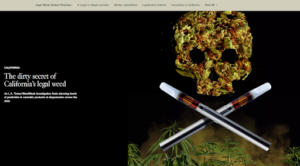
Here are just a few ways this is happening:
1. Pesticides, Mold, and Harmful Chemicals: In the licensed cannabis market, the use of pesticides is regulated to ensure that products are safe for consumption. However, some growers may still use banned or harmful pesticides, either out of ignorance or disregard for the rules. These pesticides can harm consumers and pose serious health risks if not properly managed. While regulated labs conduct testing and enforce standards, the complexity of the supply chain harbors bad actors and obfuscates accountability, which results in lapses in detection and enforcement. This borders on dereliction of duty.
How is this possible? Here is one example:
A large vape cart brand that sells up and down the state and is struggling to stay alive will look to cut corners to make a buck. They typically do this in one of two ways:
- They will go to another market, Oregon, and purchase a bunch of tainted distillate (say 1,000 liters on the cheap) and bring it into the California market. They drive the liters down and simply load them through a willing participant (type 7 volatile manufacturer) who says they got the biomass from said Vape Cart brand’s farm partner.
- Said Vape Cart company puts an outdoor grow under a management contract.
- The grow was able to cultivate 3,500 pounds per year, but suddenly, it cultivated 7,000 pounds. That is because they simply inflate the harvest numbers. The manufacturer says they brought in the 7,000 lbs. to process, and out pops the additional 1,000 liters that were illegally trucked in from Oregon.
- The vape cart brand simply fills carts in, say, ten different batches. On the front of the pallet of boxes full of vape carts are the clean carts, and testing is pointed there or to boxes that are known to be clean, or even the boxes are replaced after testing in the dark of the night (COA Switcheroo).
- The lab pulls those samples and takes them for testing. It passes as 10 individual batches, but 40% of those batches all contained tainted products, and nobody knows—dispensaries, the State, the Lab, and the consumer.
- Illegal Products: The presence of illegal products in the legal and illicit market is a significant concern. These products might come from unlicensed growers who do not adhere to state regulations. Since these illegal products bypass the stringent checks and balances of the legal market, they can introduce unregulated and potentially dangerous substances into the supply chain. This includes contaminants and additives that could be harmful to consumers.
How is this possible? Here is one example:
A large flower brand that sells up and down the state and is struggling to stay alive will look to cut corners to make a buck. They typically do this in one of a few ways:
- So, the large flower brand company puts an indoor grow under a management contract.
- The Farm was able to cultivate 10,000 pounds per year, but suddenly the grow cultivates 20,000 pounds. That is because they simply inflate the harvest numbers, and nobody notices. Then, in the dark of night, they bring in a portion of 10,000 pounds from black market indoor cultivation sites when they are getting ready to test the batches. To process and out pops the additional 10,000 pounds over a year that were illegally trucked in from the black market cultivation operations just like the ones you see in the news shut down in Oakland, CA.
- The flower brand simply fills jars or bags for retail. Nobody, especially the dispensary or consumer, knows that the flower they are buying came from the illicit market.
- The lab pulls those samples from the pallets and takes them for testing. It passes as individual batches, but 50% of those batches all contain illicit or tainted flower products, and nobody knows. Dispensaries, the State, the Lab, the Dispensary, and the consumer are left in the dark.
- Lack of Knowledge or Concern: Licensed California Dispensaries rely on the information provided by their suppliers and can’t test every single unit of thousands from the Vape or Flower brand… They don’t know which batches have the percentage of tainted or illicit products from above. The licensed suppliers’ approach to flood in the tainted and/or illicit vapes and flowers makes it impossible to independently verify every unit for the safety and legality of every product they sell. This lack of transparency in the Opaque Supply Chain can lead to dispensaries unknowingly selling products that are not compliant with state regulations. In some cases, there might be a lack of concern or motivation to address these issues as the vape cart brand may be a significant % of their revenue (25%). Dispensarys struggle to stay alive and are more focused on sales and profit margins than on ensuring product safety for their patrons who arrive in clean white vans from their Opaque Supply Chain.
- Regulatory Challenges: The regulatory framework for cannabis in California is complex and evolving. Compliance requires rigorous testing and documentation, and while most licensed entities strive to meet these standards, the sheer volume of products and participants in the market can make it challenging for regulators to enforce rules consistently. This can sometimes result in products slipping through the cracks or regulatory gaps. With the number of Bad Actors in the California cannabis market, it is NOT a few tainted products slipping through it is in the MILLIONS of units from some of the household preroll, vape, and flower brands in California that are not slipping through, but driving through tens of millions of dollars worth of tainted products.
In summary, while California has a robust regulatory system for cannabis, the supply chain still faces its most significant challenges due to the Opaque Supply Chain. The potential for pesticide contamination, the presence of illegal products, and the varying levels of manufacturers, cultivators, and distributors ability to have full transparency and be able to do the diligence required to ensure clean and compliant products. These Bad Actors reside across the manufacturing, cultivation, and distribution spectrum, and all contribute to health and safety risks for consumers. Enhanced regulatory oversight is required to track cultivation yields and have a more hands-on approach to batch investigation once a product is recalled for health and safety reasons. Pesticides don’t just appear after the fact. So, every recall for pesticides in the LA Times Article should have a full METRC reconning and affidavit if the State of California is serious about public safety.
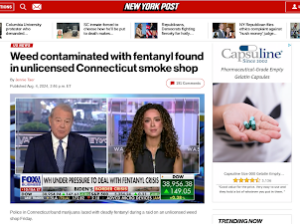
Hemp is NOT regulated correctly and is simply a way for companies to skip cannabis taxes.
This is a larger topic between DC and States with or without licensed cannabis regulatory and taxation systems in place, such as California, New York, and many others.
As far as Hemp is concerned, the hemp industry is diving headfirst into consumer products that are sold all over the state in every smoke shop and gas station. Many of these items contain psychoactive components or precurses or become psychoactive when lit, heated, or vaped. and don’t have to pass the rigorous testing that licensed cannabis has to pass. This is effectively a way for companies to bypass taxation and regulation with psychoactive products a teenager could purchase. If Hemp is legal and taxed as a regular business, then cannabis should be taxed just like a regular business, period!
The complete lack of regulation in the Hemp industry enables these players to skip all the taxes, but more serious are the health and safety issues that are in the hemp supply chain. For example, this smoke shop in Connecticut had hemp products laced with fentanyl for sale and was busted just recently, as reported by the New York Post.
CNN Article:
NY Post Article:
Website Resources:
Corporate:
https://www.kolaborationventures.com/
Retail:
https://content.content.enjoythefarms.com/
Consumer Packaged Goods:
Education:
About KVC:
Kolaboration Ventures Corporation (KVC) is one of the largest vertically integrated cannabis operators in California, and the largest cannabis market in the country. What began as an idea in May 2017 led to us opening our first operation in June 2018 and taking our team on a journey that is KVC.
